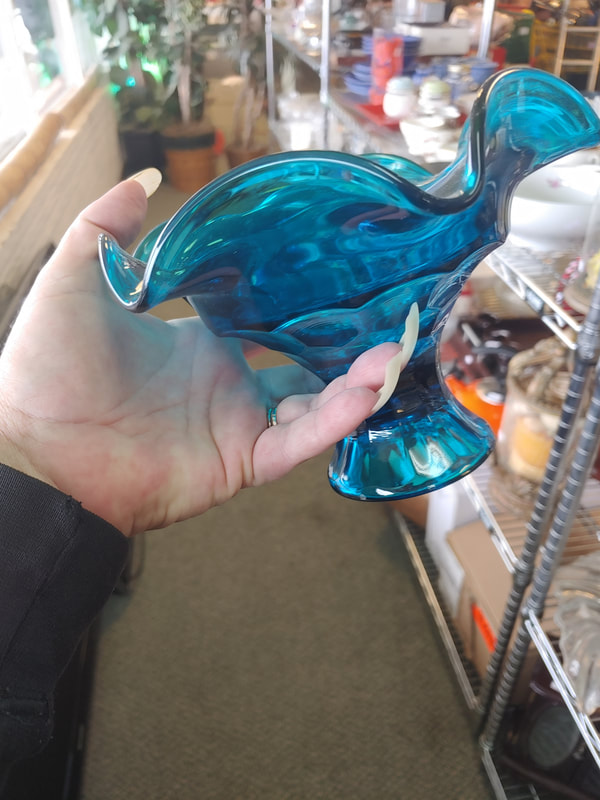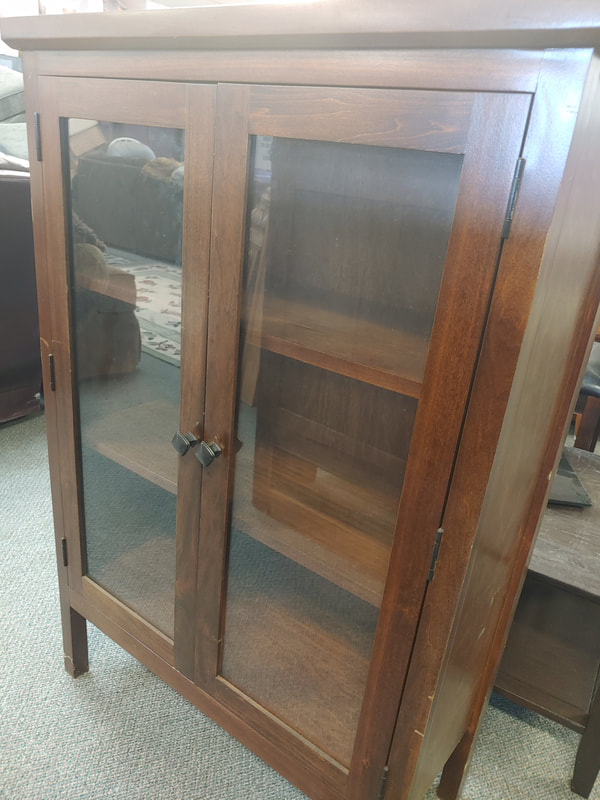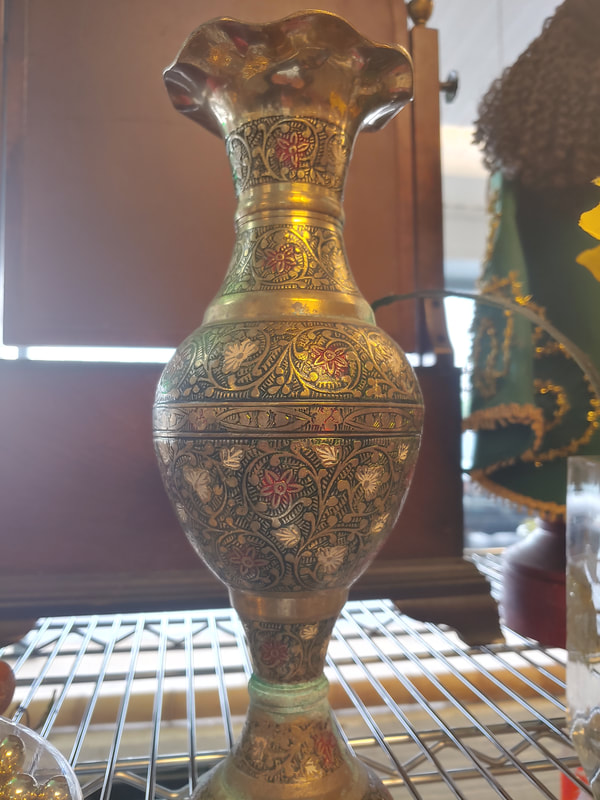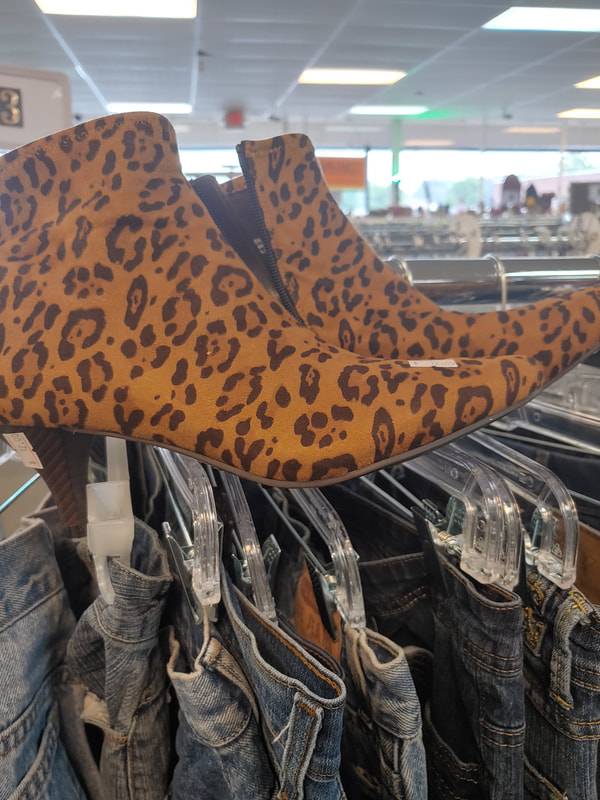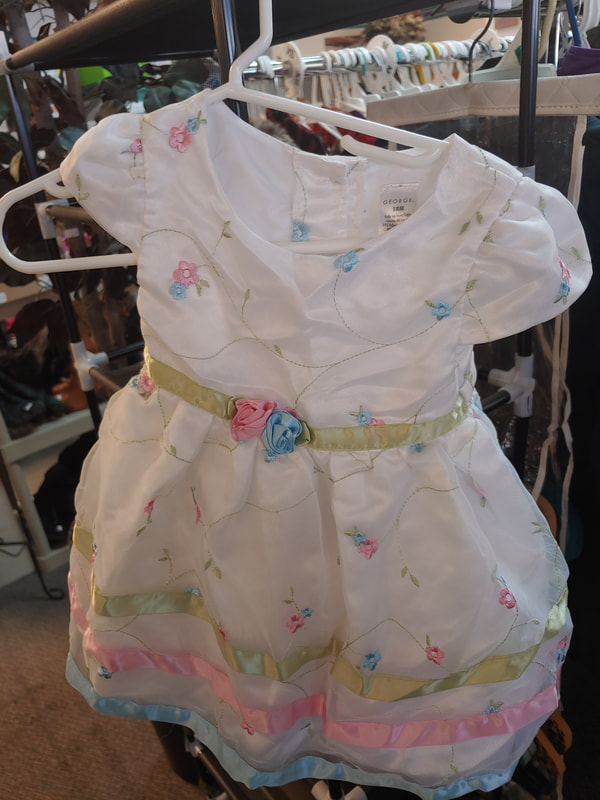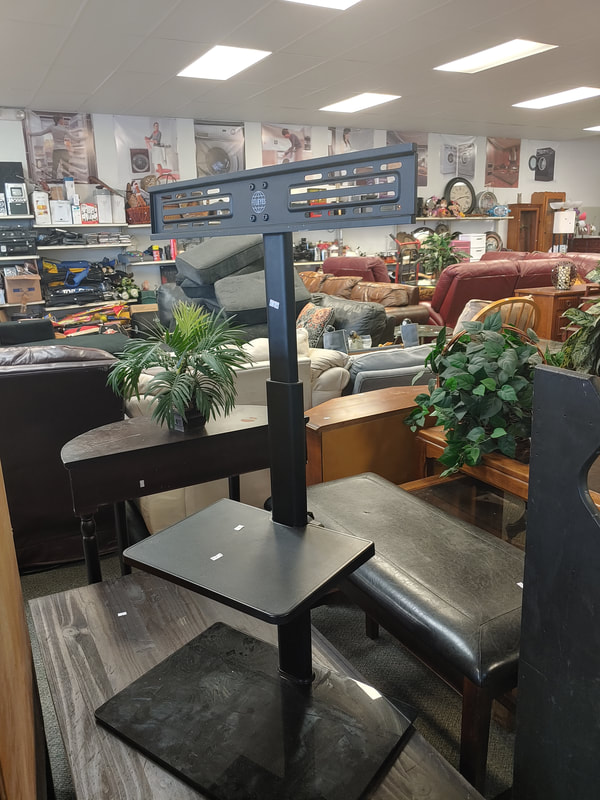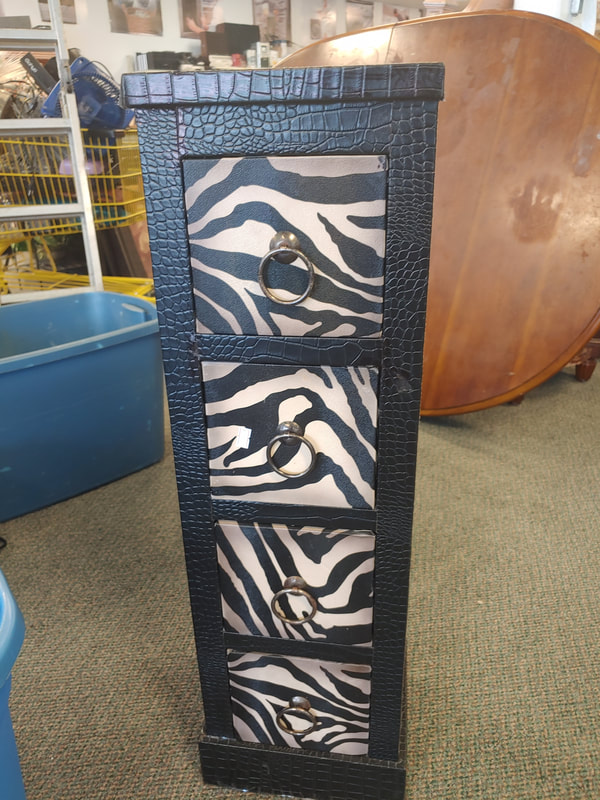Thrift Stores
|
Do you enjoy saving money? If so, you're not alone: the Association of Retail Professionals estimates that around 20 percent of Americans buy at thrift stores each year, and that is increasing! But how did the thrift shop come to be?
Researchers tell us the answer: At the turn of the twentieth century, Christian groups rode both the Progressive-Era reform spirit and new trends in consumer culture. Organizations who solicited donations through their churches and later, their communities, developed not only a complete economic sector, but also a continuing financial lifeline, by combining charity and capitalism. Secondhand sales have always existed; in fact, secondhand businesses flourished in Elizabethan England long before what we have come to know as “the thrift store”. However, immigration and industrialization created a critical period of financial necessity as well as used products. Add to it the popularity of the rummage sale—bazaars where society women sold their unwanted items to earn money for churches and other charitable causes—and you have a perfect storm for reformers. These early thrift store forerunners were quite straightforward: impoverished individuals worked for organizations, gathering abandoned products and reconditioning them. The salvageable bits were then sold at junk shops, with the proceeds going back into the programs. The model did not appeal to everyone. History tells us, they slandered the church resale shops as "junk dealers" and said that the operation was murky and nasty. It was time for a makeover, and thus the thrift store was formed. History also connects the thrift of Christianity to the thrift of commerce. Thrift stores raised charitable giving awareness and assisted American consumers in adjusting to an increasingly mass-produced, disposable economic structure. And, the more one could rationalize their purchases as frugal and charitable, the more one could justify discarding consumer items. Thrift stores also provided an additional function: they served as a gateway drug into American consumer culture, educating poor immigrants how to shop. Despite concerns about the morality of purchasing, reformers said that thrift stores helped immigrants "develop the skills necessary to adequately negotiate the increasingly complex American marketplace. "Rag dealers, often Jewish immigrants, sold discarded goods in the 1890s. However, anti-immigrant and anti-Semitic prejudice developed, and the public portrayed their trade as unclean and predatory. Thrift stores mimicked department store displays to overcome prejudice towards secondhand things. They held fashion presentations to persuade customers that gorgeous apparel was available indoors. They reduced their prices to lure folks in the door. They gradually lessened the stigma associated with secondhand products, paving the way for what we enjoy now; resale stores, discount community shops, or thrift outlets. Environmental friendliness and even refusing to participate in a consumer system based on rapid fashion, sweatshop labor, and unethical labor practices are now valid justifications for thrift shopping. However, the establishments that make this feasible were designed to teach people how to shop—food for thought on your next trip to the thrift store. |


